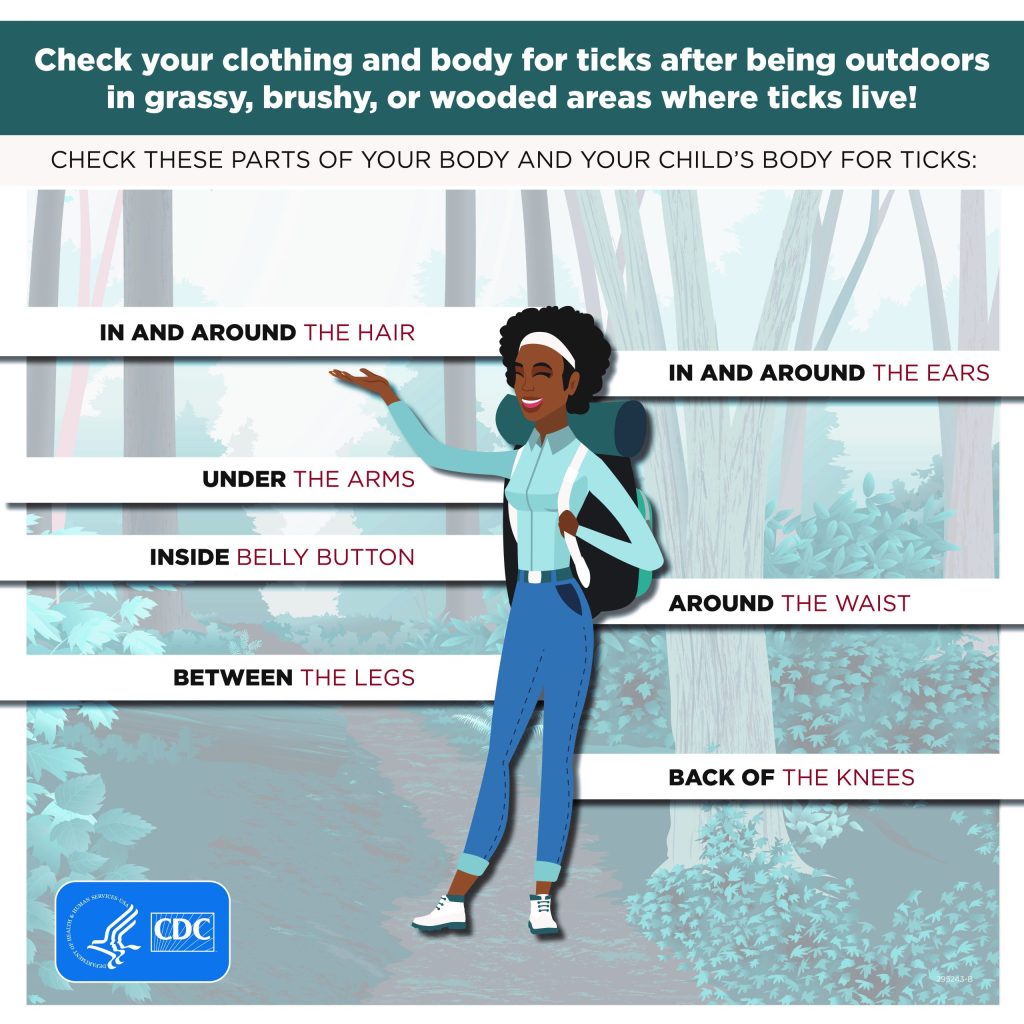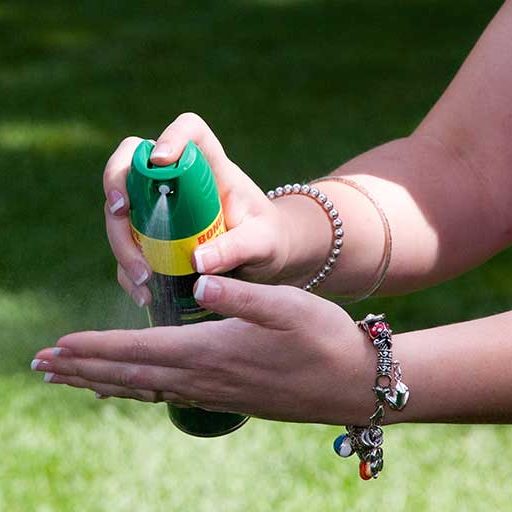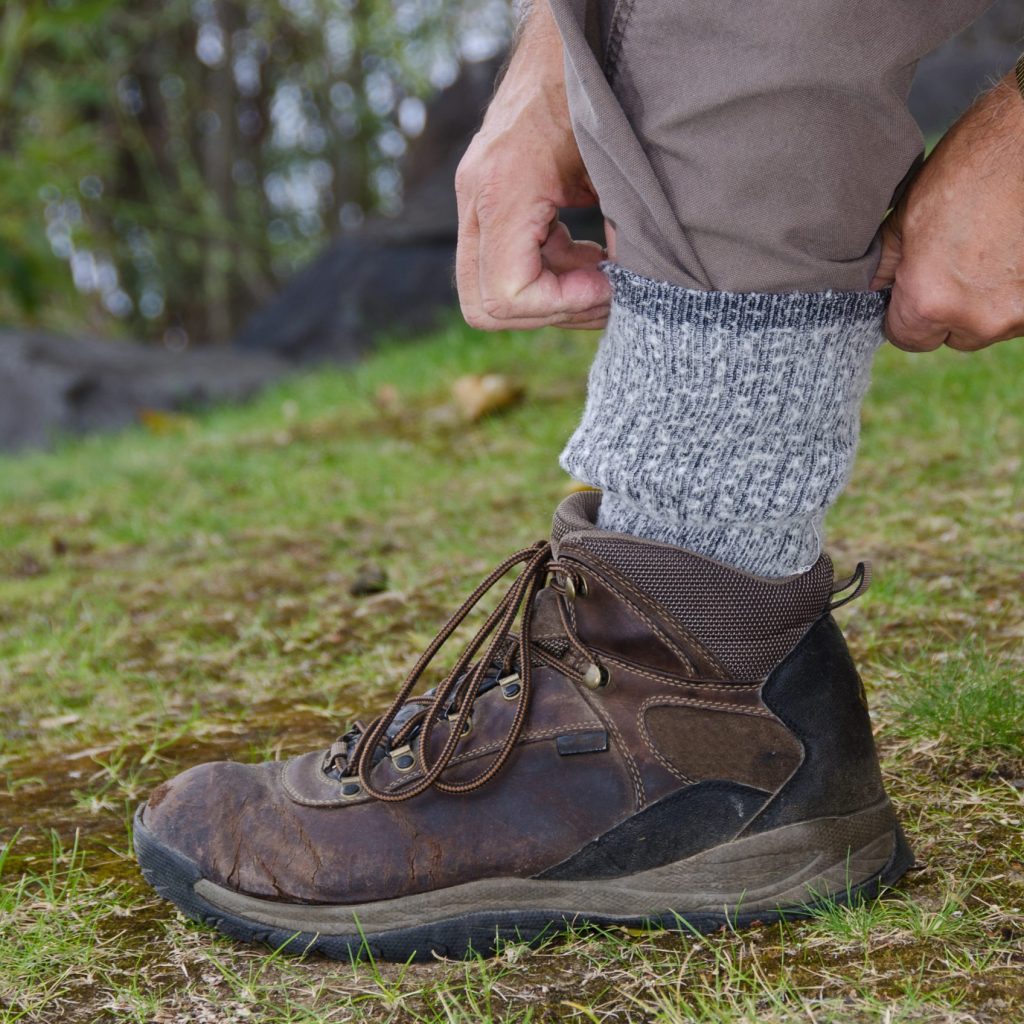
Tips to stop the ticks. Proper tick prevention tips for people, children, and pets.
How do I properly prevent tick illnesses?

Check body and clothing for ticks after being outdoors.
- Check clothing after spending time in tick habitats. Tumble dry clothing on high heat for 10 minutes to kill any remaining ticks.
- Use a mirror, friend, partner, or spouse to help check your body for ticks. Remember to check in armpits, groin area, in and around ears and hair-line, belly button, backs of knees, and between legs.
- Remember to inspect children, gear, and pets for ticks as well.
Use EPA-registered Insect Repellent.
- When outdoors in forested tick habitats, use insect repellent containing either DEET, picaridin, IR 3535, 2-undecanone, or oil of lemon eucalyptus on skin or clothing. Always follow instructions on the product label.
- The insect repellent called "permethrin" can also be used to treat clothing ahead of time and will last on clothing, socks and, shoes for several months. Dried Permethrin spray will remain active after several washes. Be sure to apply it to clothing a few days before to allow for proper drying. Do Not wear clothing that is still wet from Permethrin spray!
- You may still see ticks on clothing when using permethrin, but when used properly it will kill the ticks before they bite. It's a professional's go-to product when entering tick habitat.


Repellant Application for Kids.
- It is recommended by the American Academy of Pediatrics to use products containing no greater than 30% DEET on children.
- Do not use insect repellent on babies under 2 months old.
- Oil of lemon eucalyptus and para-menthane-diol should never be used for children under 3 years of age.
Tuck your pant legs into your socks for best practice tick avoidance.
- Blacklegged ticks and Lone star ticks, the two most important disease vectors to people in Virginia live mainly in the forest leaf litter or in shaded, grassy areas. Ticks do not climb high on vegetation or fly, so they must hitch a ride by first climbing up your shoes or socks.
- Therefore, following the practice of tucking your pants legs into your socks will help prevent ticks from climbing up your shoe and sock and then climbing up your bare leg under your treated pants. Forcing ticks to climb up the outside of your clothing will help you spot and remove ticks before they can reach your upper body, and if your shoes, socks and pants are treated with permethrin, any tick that reaches your upper body will be too intoxicated to bite you.


Use a tick prevention product for your dog as recommended by a veterinarian.
- Be sure to check your pet for ticks after outdoor activity as they may carry unwanted pests into the home.
Opens pdf to download
Opens document to download
Opens in a new window
External link will open in new window. Click link to exit Virginia Department of Health Website.
Last Updated: May 6, 2024
